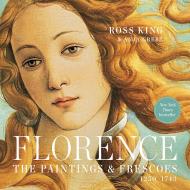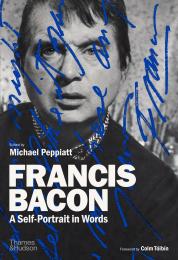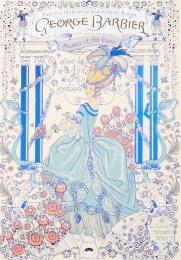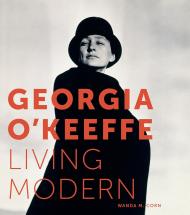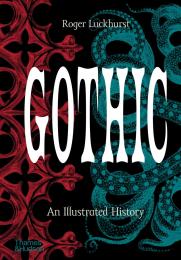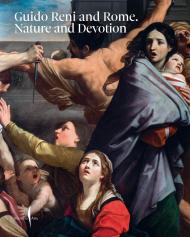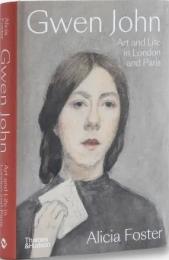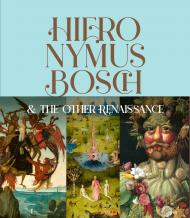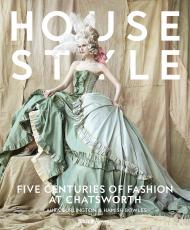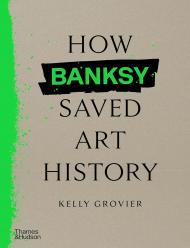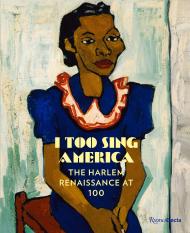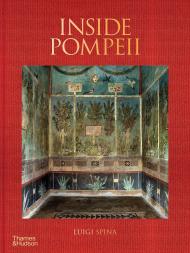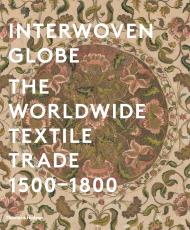Місто Флоренція є домом для десятків музеїв і палаців, які містять багато найвідоміших у світі творів мистецтва. Florence: The Paintings & Frescoes – це багата та чудова колекція з тисяч картин і фресок, яку щороку відвідують мільйони мандрівників, включно з мистецтвом Джотто, Леонардо да Вінчі, Мікеланджело, Гірландайо, Корреджо, Боттічеллі, Караваджо, Тиціана, Рембрандта, ван Дейка, Ель Греко та сотень інших.
Досліджуйте історію мистецтва у Флоренції за допомогою семи есе Росса Кінга, автора бестселерів «Купол Брунеллескі» та «Мікеланджело та стеля Папи», у яких розповідається про те, як картини, політика та повсякденне життя флорентійців впливали одне на одне. Історик мистецтва Аня Гребе, автор книги The Louvre та The Vatican, також висвітлює 250 найбільш знакових і значущих картин і фресок в історичному місті з детальною інформацією про атрибути робіт, біографічні подробиці художників тощо.
Ця вражаюча колекція з майже 2000 картин і фресок є обов’язковою для будь-якого любителя мистецтва, студента чи мандрівника у кріслі.
Про автора:
Росс Кінг є автором бестселерів «Купол Брунеллескі» та «Мікеланджело та стеля Папи», а також романів «Екслібрис» і «Доміно». Живе в Англії, поблизу Оксфорда.
